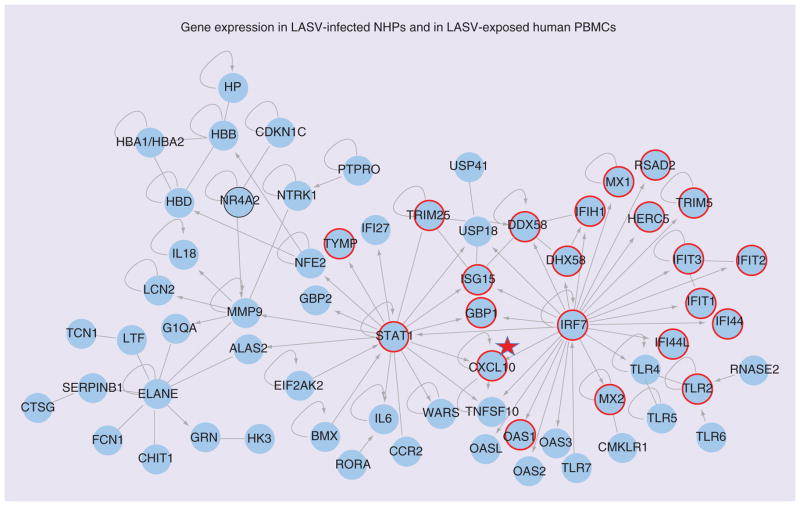Figure 2. Genes differentially regulated in blood of Lassa virus-infected monkeys and in Lassa virus-exposed periperal blood mononuclear cells.
Ingenuity Pathway Analysis software was used to analyze a list of genes upregulated in PBMCs after Lassa challenge of cynomolgus macaques. Nodes represent gene symbols, the products of which participate in protein–protein interactions, straight lines represent simple interaction, arrows represent control of one gene product by another, and loops represent self-regulation. Those genes encircled in red were also noted to be expressed in LASV-exposed human PBMCs by [124]. Encircled in black are genes downregulated in the Lymphocytic choriomeningitis virus WE strain monkey model. It is notable that the gene products connected to the IRF7 node are similarly upregulated in PBMCs exposed to either virulent LASV or nonvirulent ML29. CXCL10 (IP10) is noted because it is more expressed after exposure to ML29 than after exposure to LASV, and more evident in survivors than in those who succumb to Lassa fever [166].
LASV: Lassa virus; NHP: Nonhuman primate; PBMC: Periperal blood mononuclear cell.
Adapted with permission from Figure 3 of [126].

